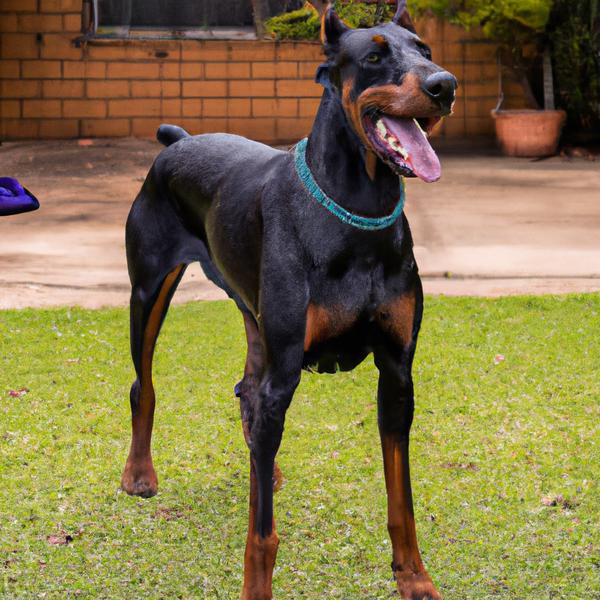Doberman Pit vs. Rott Pei: Breed Differences and Similarities
Hypoallergenic
Are Doberman Pits or Rott Peis hypoallergenic, or neither?
Unfortunately, neither Doberman Pit nor Rott Pei are hypoallergenic, which may not make them the best choice for dog lovers who suffer from pet allergies.
Temperament
What are the personalities of Doberman Pit and Rott Pei dogs?
Stubborn
Clownish
Energetic
Alert
Courageous
Intelligent
Friendly
Affectionate
Obedient
Loyal
Strong
Willed
Aggressive
Fearless
Loving
Independent
Protective
Alert
Courageous
Intelligent
Affectionate
Loyal
Devoted
Fearless
Good-natured
Reserved
Suspicious
Shedding Level
Do Doberman Pits shed more than Rott Peis, or which breed sheds more, Doberman Pits or Rott Peis?
Doberman Pits are moderate shedders, but regular brushing can reduce shedding and maintain coat health.
Rott Peis are low shedding dogs, requiring minimal coat care.
Ancestry
What are the origins of Doberman Pit and Rott Pei breeds?
American Pit Bull Terrier and Doberman Pinscher
Rottweiler and Shar Pei
Date of Birth
When were Doberman Pit and Rott Pei breeds first developed?
Unknown
Eye Color Possibilites
What are the eye colors of Doberman Pit and Rott Pei dogs?
Brown
Amber
Nose Color Possibilites
What are the natural nose colors of Doberman Pit and Rott Pei?
Black
Black
Coat Color Possibilites
What are the natural colors of the coat for Doberman Pit and Rott Pei breeds?
Gray
Red
Fawn
Blue
Brown
White
Brindle
Black
Brown
Fawn
Sable
Red
Coat Length
What is the typical coat length for Doberman Pit and Rott Pei breeds?
Doberman Pits have coats that can be either short or medium in length.
Rott Peis have medium-length coats.
Coat Density
What is the density of the coat of Doberman Pit and Rott Pei?
Coat Texture
What is the hair texture of Doberman Pit and Rott Pei?
Straight
Litter Size
What is the usual litter size for Doberman Pit and Rott Pei?
A Doberman Pit can have a litter of 6-10 puppies on average. However, it's worth noting that the size of the litters can vary greatly. Factors that can influence litter size include the health of the mother, breeding history, and genetics.
A Rott Pei can have a litter of 8-12 puppies on average. However, it's worth noting that the size of the litters can vary greatly. Factors that can influence litter size include the health of the mother, breeding history, and genetics.
Adaptability
Doberman Pits are known for their adaptability and can adjust well to different environments and lifestyle changes.
Rott Peis have average adaptability to changes in lifestyle and living environments compared to other breeds.
Health Issues
Between Doberman Pit and Rott Pei, which breed is more prone to health problems?
While the Doberman Pit breed is generally healthy, occasional vet check-ups are still necessary to address any health concerns.
Rott Peis typically have low vet costs due to their good health, but it's important to monitor their health and seek vet care when necessary.
Major Concerns
What are the major health concerns for Doberman Pit and Rott Pei breeds?
Cardiomyopathy
Hip Dysplasia
Aortic Stenosis
CVI (Wobbler’s Syndrome)
Elbow Dysplasia
Osteosarcoma
Canine Hip Dysplasia (Chd)
Gastric Dilation Volvulus (GDV) or Bloat
Minor Concerns
What minor health issues should be kept in mind when owning Doberman Pit and Rott Pei?
Gastric Torsion
Osteosarcoma
Hypothyroidism
vonWillebrand’s Disease
Entropion
Cataract
Progressive Retinal Atrophy (PRA)
Occasional Tests
What occasional tests are recommended for Doberman Pit and Rott Pei breeds?
Cardiac
Heart
DNA Test
Hip
Urinalysis
Complete Blood Count
Regular Full Physical Examination By Veterinarian
Blood Glucose Tests
Physical and Neurologic Examination
Complete Ophthalmologic Examination
Blood Work and Serum Chemistry Tests
Electroretinogram (ERG)
X-rays or other radiographic imaging
Bone Biopsy
Social Needs
Doberman Pit vs Rott Pei social needs comparison
Doberman Pit and Rott Pei have above average social needs compared to other breeds. They thrive in environments where they have a lot of interaction with humans and other dogs.
Sleeping Need
Which of the two sleeps the most/least: Doberman Pit or Rott Pei?
Doberman Pit and Rott Pei breeds are known to have moderate energy levels and normal sleep patterns, typically sleeping around 12-14 hours per day.
Mouthiness
Mouthiness Comparison: Doberman Pit vs Rott Pei?
Roaming urge
Doberman Pit vs Labrador: Running away tendency?
Prey Drive
Doberman Pit or Rott Pei - which breed has a higher level of prey drive?
Past times
What are some enjoyable activities and ways to keep Doberman Pit and Rott Pei entertained?
Walking, Cuddles, Playing, Walks, Food, Cuddling, Fetch, Nap time, Taking walk, Throwing, Walk, Tug-of-war, Run, Playdate, Hiking, Naps, Car rides, Swimming
Walking
Activity Level
Which breed has higher energy, Doberman Pits or Rott Peis?
Doberman Pits are high-energy dogs. They need mental as well as physical exercise. These dogs require a lot of your involvement and without it they can, and will, become problematic dogs.
Rott Peis are medium-energy dogs and typically enjoy socializing and playing casual or even sustained games of chase with other dogs. They may also have occasional periods of barking or racing around the house.
Tolerance of being left alone
Walks per Week
How many miles should Doberman Pit or Rott Pei walk each week?
There's really no limit to how far you walk your dog as long as they're comfortable. For Doberman Pit, it's at least 14 miles / week. Just remember to build distance and stamina gradually over time.
There's really no limit to how far you walk your dog as long as they're comfortable. For Rott Pei, it's at least 10 miles / week. Just remember to build distance and stamina gradually over time.
Activity per Day
Do Doberman Pits or Rott Peis require more exercise?
In general most Doberman Pits usually need at least 75 minutes of exercise daily. This can be spread across the day and include all sorts of high-energy activities, like walking, running and playing.
In general most Rott Peis usually need at least 90 minutes of exercise daily. This can be spread across the day and include all sorts of high-energy activities, like walking, running and playing.
Grooming
Which breed is easier to maintain in terms of grooming, Doberman Pits or Rott Peis?
Doberman Pit and Rott Pei are breeds of dogs that are known for their low grooming needs.
Brushing Frequency
What is the recommended brushing frequency for Doberman Pit and Rott Pei dogs?
Doberman Pit and Rott Pei should be brushed at least once a week. Of course, you can give them more frequent brushes if you find that they are still shedding a lot.
Brushing Tools
What brushing tools are used for Doberman Pits and Rott Peis?
Slicker Brush
Comb
Nail Clipper
Pin Brush
Slicker Brush
Comb
Nail Clipper
Cups
How much food should be given to Doberman Pit or Rott Pei in cups?
For an average 35-80 pound (16 - 36 kg) Doberman Pit feed 3 cups daily. But, keep in mind, the amount you feed is going to be dependent on the quality of the food you are feeding.
For an average 85-100 pound (39 - 45 kg) Rott Pei feed 2.5 cups daily. But, keep in mind, the amount you feed is going to be dependent on the quality of the food you are feeding.
Daily Cost
Which breed has a higher daily cost, Doberman Pit or Rott Pei?
The average cost of a Doberman Pit is somewhere $2.10 - $2.70 per day.
The average cost of a Rott Pei is somewhere $2.70 - $2.80 per day.
Monthly Cost
Which breed has a higher monthly cost, Doberman Pit or Rott Pei?
When it comes to monthly expenses, both Doberman Pit and Rott Pei have a similar average cost, ranging from $55 - $73. This results in an average yearly cost of around $660 - $876.
Sensitivity Level
How do Doberman Pit and Rott Pei compare in sensitivity?
This breed is sensitive to its environment and best suited for patient and understanding families with a consistent routine.
Rott Peis have average emotions and adapt well to different situations.
Apartment Friendly
Which breed is more apartment-friendly: Doberman Pit or Rott Pei?
Doberman Pit and Rott Pei are apartment-friendly dog breeds. They can do perfectly well in apartments providing they are sufficiently exercised and taken out and about as part of their owner's daily lifestyle.
Child Friendly
Do Doberman Pits or Rott Peis have a friendlier temperament towards children?
Doberman Pits are good with kids if socialized and trained from a young age.
Rott Peis are not the best choice for families with kids.
Senior-friendly
Which dog is more suitable as a pet for the elderly - Doberman Pit or Rott Pei?
Cat Friendly
Do Doberman Pit or Rott Pei breeds have a better compatibility with cats?
Doberman Pits are somewhat cat friendly and can be trained to get along with cats.
Rott Peis are average in their friendliness toward cats and tend to do well with them, especially if raised together.
Dog Friendly
Which breed is more sociable with other dogs: Doberman Pit or Rott Pei?
Doberman Pits and Rott Peis are below average dog friendly dogs. Doberman Pits and Rott Peis may not always get along well with other dogs they have not been raised with.
Pet friendly
How do Doberman Pit or Rott Pei dogs interact with other pets?
Stranger Friendly
Which breed is more friendly with strangers: Doberman Pit or Rott Pei?
Doberman Pits are quick to announce strangers and can be standoffish or suspicious.
Rott Peis are not very stranger friendly.
Playfulness
Which breed is more playful between Doberman Pit and Rott Pei?
Doberman Pits are a playful breed that needs daily playtime to be happy.
Rott Peis have an average level of playfulness, enjoying playtime like most dogs but not excessively so.
Trainability
How do the trainability levels of Doberman Pits and Rott Peis compare?
Doberman Pit and Rott Pei dogs are known for their ease of training and ability to learn quickly, making them a popular choice for pet owners and trainers alike.
Compare Doberman Pit with other breeds
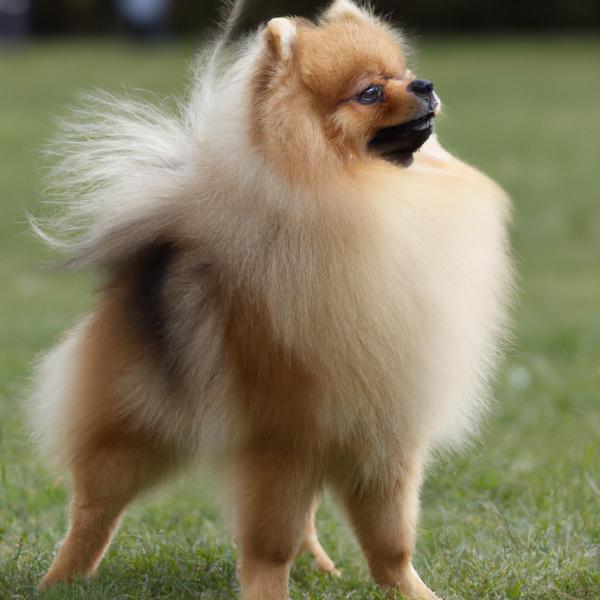
Pom-A-Nauze
Doberman Pit vs Pom-A-Nauze
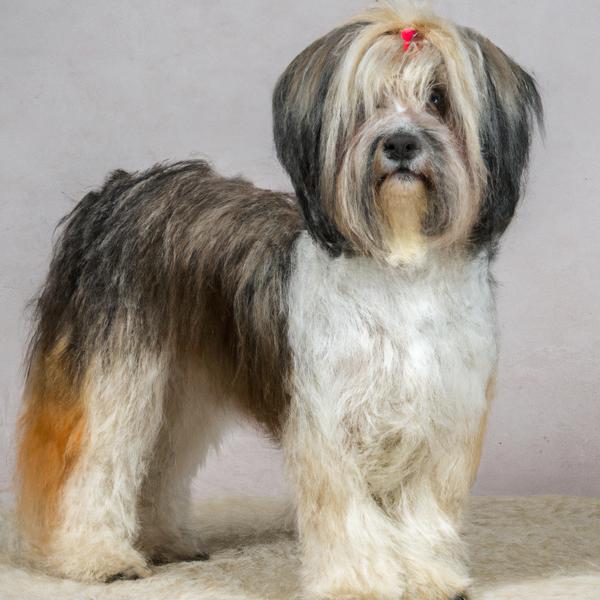
Havanestie
Doberman Pit vs Havanestie

Tibetan Terrier
Doberman Pit vs Tibetan Terrier
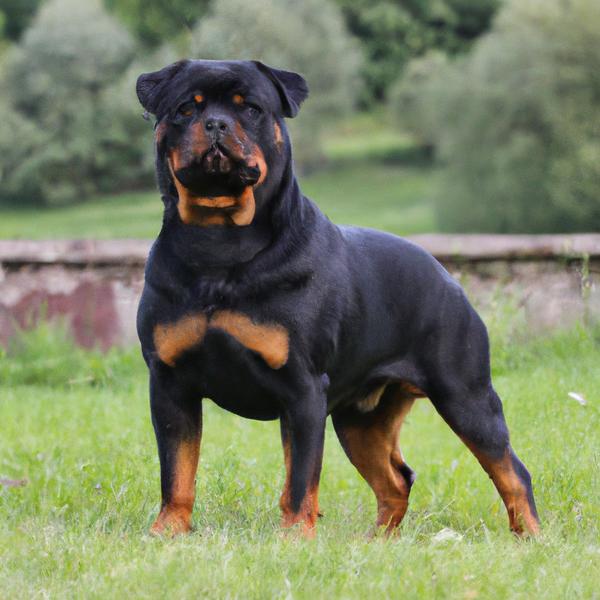
Rott Pei
Doberman Pit vs Rott Pei

Miniature Bull Terrier
Doberman Pit vs Miniature Bull Terrier
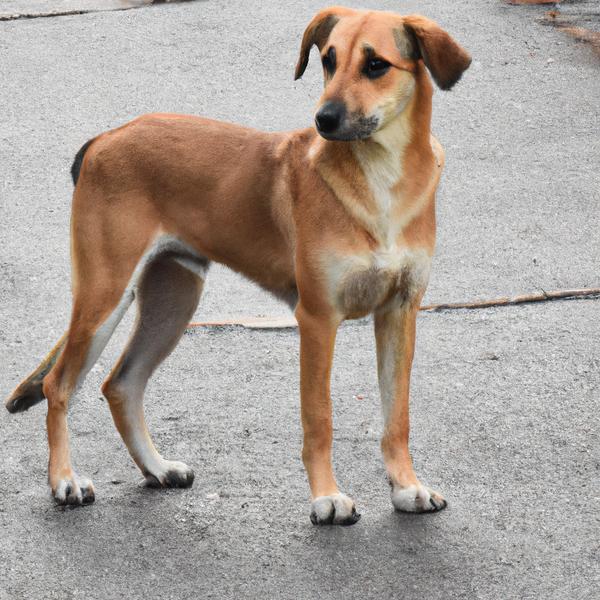
Jatese
Doberman Pit vs Jatese
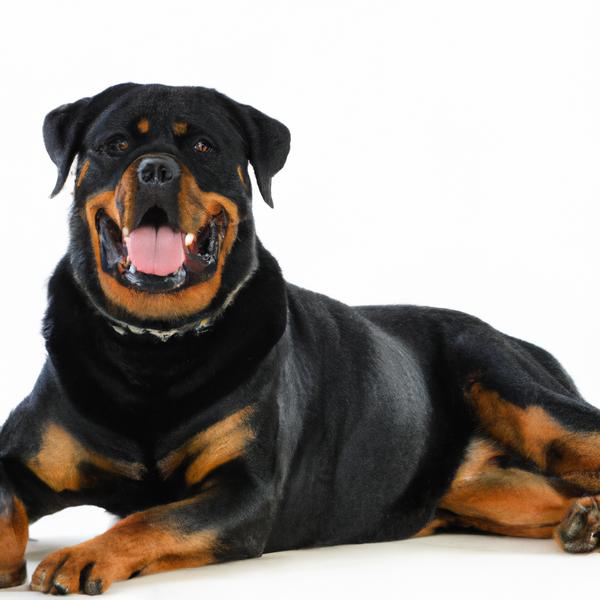
Rottmatian
Doberman Pit vs Rottmatian
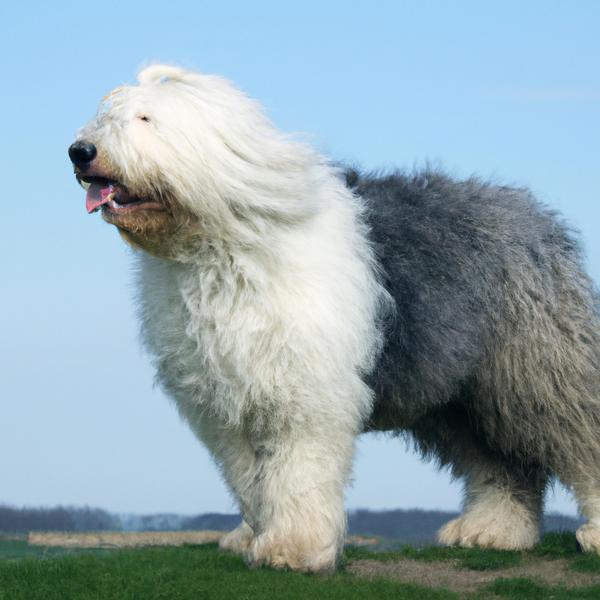
Old English Sheepdog
Doberman Pit vs Old English Sheepdog
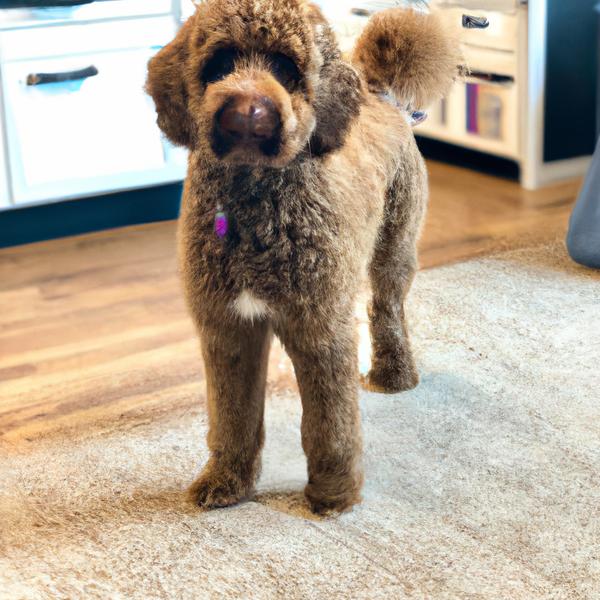
Pooda Houla
Doberman Pit vs Pooda Houla
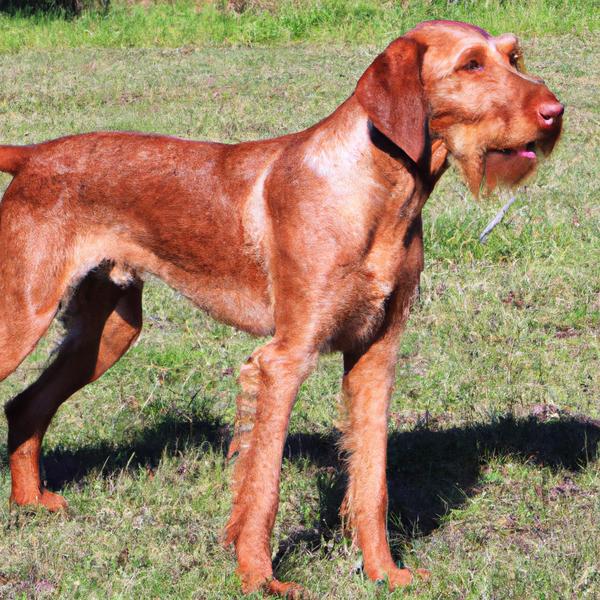
Wirehaired Vizsla
Doberman Pit vs Wirehaired Vizsla
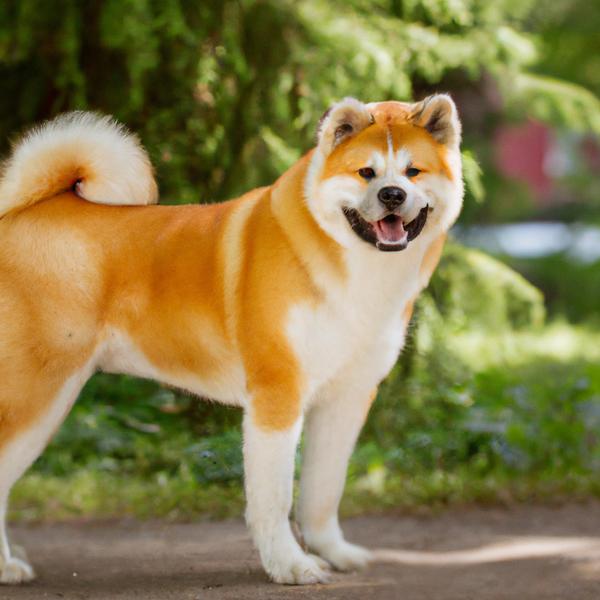
Akita Inu
Doberman Pit vs Akita Inu
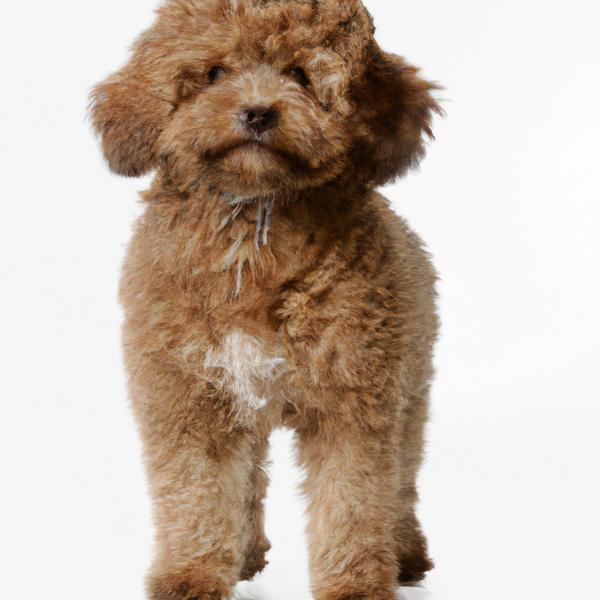
Bossi-Poo
Doberman Pit vs Bossi-Poo
